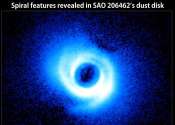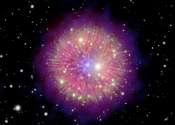Solar eclipse chasers from Colorado will seek clues for predicting geomagnetic space storms
When Monday's solar eclipse casts its shadow, Colorado-based scientists will chase it in a jet flying faster than 500 mph and aim a coffin-shaped instrument straight at the sun's corona, taking measurements that eventually ...









